Growing cannabis from greenhouse seeds offers numerous advantages, including better control over environmental conditions and the ability to extend the growing season. This guide will cover the essential aspects of cultivating greenhouse seeds, providing expert tips and detailed information to help you achieve successful harvests.
Benefits of Greenhouse Growing
- Climate Control: Greenhouses allow you to regulate temperature, humidity, and light, creating an optimal environment for plant growth. This control helps mitigate the impact of adverse weather conditions and pests.
- Extended Growing Season: With a greenhouse, you can start seeds earlier in the spring and extend the growing season into the fall, maximizing your yield.
- Protection from Pests: Greenhouses provide a physical barrier against pests and diseases, reducing the need for chemical pesticides and promoting healthier plants.
- Enhanced Growth Conditions: The ability to control various environmental factors means plants can grow under ideal conditions, often leading to faster growth rates and higher yields.
Choosing the Right Greenhouse Seeds

When selecting greenhouse seeds, consider the following factors:
- Strain Selection: Opt for strains known for their resilience and adaptability to greenhouse conditions. Popular choices include feminized and autoflowering seeds from reputable breeders like the Green House Seed Company, which offers a wide range of award-winning strains.
- Seed Quality: Purchase seeds from trusted suppliers to ensure high germination rates and strong genetic traits. Look for seeds with a proven track record and positive reviews from other growers.
- Growing Goals: Determine your objectives, whether for personal use, medicinal purposes, or commercial cultivation, and choose strains that align with these goals.
Essential Equipment for Greenhouse Growing
- Shelving and Containers: Utilize vertical growing techniques with shelves and hanging baskets to maximize space. Ensure all containers have good drainage to prevent waterlogging.
- Climate Control Systems: Install heating systems for cold weather and ventilation systems for cooling. Use shade cloths to manage light intensity and maintain stable temperatures.
- Lighting: Supplemental grow lights are essential for winter growing or when natural sunlight is insufficient. LED lights are a popular choice due to their energy efficiency and effectiveness.
- Watering Systems: Implement drip irrigation or soaker hoses for consistent moisture. These systems help maintain the right humidity levels and prevent overwatering.
Steps to Start Seeds in a Greenhouse
- Prepare the Growing Medium: Use a high-quality, soilless seed starting mix to promote healthy root development and prevent soil-borne diseases. A good mix might include finely sieved compost, coconut coir or sphagnum peat moss, and perlite.
- Sow the Seeds: Fill pots or trays with the prepared mix, pre-moisten the soil, and sow the seeds according to the packet instructions. Ensure proper spacing to avoid overcrowding and cover seeds lightly if needed.
-
Maintain Optimal Conditions:
- Temperature: Use heating mats to keep the soil warm and ensure consistent temperatures, especially during germination.
- Humidity: Keep the humidity levels high by using humidity domes or frequent misting. Monitor to avoid excessive moisture that can lead to mold or damping-off diseases.
- Light: Provide adequate light, ideally 14–16 hours a day, using grow lights if necessary.
Caring for Seedlings
- Watering: Maintain consistent moisture without waterlogging. Use a spray bottle for gentle watering to avoid disturbing the delicate seedlings.
- Feeding: Once the seedlings develop their first true leaves, start feeding them with a mild, balanced fertilizer. Organic options like fish emulsion or compost tea are beneficial.
- Transplanting: When seedlings are large enough to handle, transplant them into larger containers or directly into the greenhouse beds. Ensure they are acclimated to the new environment by gradually increasing their exposure to outdoor conditions.
Advanced Tips for Maximizing Yields
- Supplemental CO2: Introducing additional CO2 can enhance growth and increase yields. CO2 generators or tanks can be used to maintain optimal levels in the greenhouse.
- Advanced Nutrient Regimen: Implement a nutrient schedule that includes micronutrients and bloom boosters during the flowering stage. Adjust the feeding according to the plant's growth phase and specific strain requirements.
- Training Techniques: Utilize Low-Stress Training (LST) and other methods like topping or pruning to optimize light exposure and encourage bushier growth. This can significantly increase the number of bud sites and overall yield.
- Soil Enhancement: Regularly test and amend the soil with organic matter and beneficial microbes to maintain fertility and soil health. Compost and worm castings are excellent additions.
- Pest Management: Employ integrated pest management (IPM) practices, such as introducing beneficial insects and using organic pesticides, to keep pest populations under control without harming your plants.
Environmental Control in Greenhouses

- Temperature Regulation: Use thermostats and automated systems to maintain a consistent temperature. Heating systems like propane heaters or electric heaters can be used in colder climates, while ventilation systems and shade cloths help cool the greenhouse during hot weather.
- Humidity Management: Keep humidity levels balanced to prevent mold and mildew. Dehumidifiers can be used in overly humid environments, while humidifiers can add moisture in dry conditions.
- Air Circulation: Install fans to promote air movement and prevent stagnant air, which can lead to fungal infections. Oscillating fans are ideal for evenly distributing air throughout the greenhouse.
- Light Management: Use grow lights to supplement natural sunlight during shorter days. LED lights are energy-efficient and provide the full spectrum of light needed for plant growth.
Common Challenges and Solutions
- Pest Infestations: Regularly inspect plants for signs of pests and use natural predators or organic pesticides to manage infestations. Sticky traps and neem oil are effective against many common pests.
- Disease Prevention: Maintain a clean growing environment by removing dead plant material and sanitizing tools and containers. Good air circulation and proper spacing can also help prevent disease outbreaks.
- Nutrient Deficiencies: Monitor plants for signs of nutrient deficiencies, such as yellowing leaves or stunted growth. Adjust the nutrient regimen as required, and consider foliar feeding for quick nutrient uptake.
- Overwatering and Underwatering: Ensure a consistent watering schedule and avoid overwatering, which can lead to root rot. Use moisture meters to gauge soil moisture levels and adjust watering accordingly.
Harvesting and Curing
- Harvest Timing: Monitor the trichomes on the buds to determine the optimal harvest time. Harvest when most trichomes are milky, with some turning amber for the best potency and flavor.
- Drying: Hang the harvested buds upside down in a dark, well-ventilated room with a humidity level of around 50-60%. This process usually takes about 7–10 days.
- Curing: Place the dried buds in airtight glass jars, opening the jars for a few minutes each day to release moisture and allow fresh air to circulate. Curing can take anywhere from 2 weeks to several months, with longer curing times resulting in smoother, more flavorful buds.
Comparative Table of Top Greenhouse Strains
| Strain | Genetics | THC | Yield (per plant) | Growth Time | Characteristics |
|---|---|---|---|---|---|
| White Widow | Brazilian x South Indian | 18-25% | 500-600 gr/m² | 8–10 weeks | Pungent, earthy aroma, balanced high |
| Super Lemon Haze | Lemon Skunk x Super Silver Haze | 19-22% | 600-700 gr/m² | 10–12 weeks | Citrus aroma, uplifting and energetic effects |
| Northern Lights | Afghani Indica | 16-21% | 500-600 gr/m² | 8–9 weeks | Sweet, spicy aroma, relaxing body high |
| Green Crack | Skunk #1 x Afghani | 15-20% | 400-500 gr/m² | 9–10 weeks | Fruity, tropical aroma, energetic and uplifting effects |
| Gorilla Glue #4 | Chem's Sister x Sour Dubb x Chocolate Diesel | 25-30% | 500-700 gr/m² | 9–10 weeks | Earthy, pine aroma, heavy euphoric and relaxing effects |
Conclusion
Growing cannabis from greenhouse seeds provides numerous benefits, including extended growing seasons, better control over environmental conditions, and protection from pests. By selecting high-quality CBD seeds, using appropriate equipment, and following best practices for seed starting and plant care, you can achieve impressive results in your greenhouse cultivation efforts.



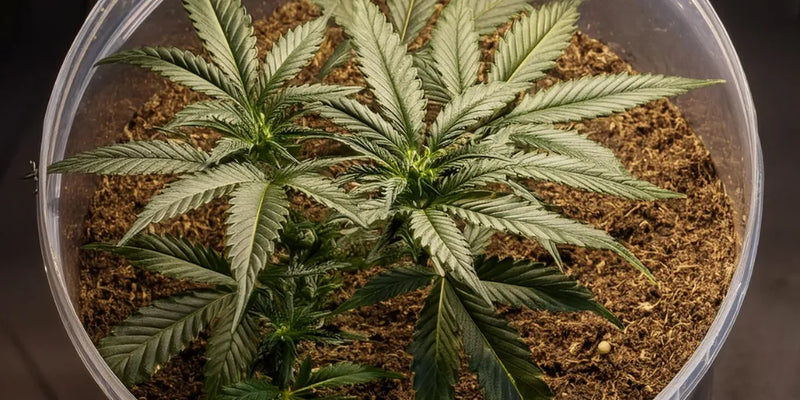

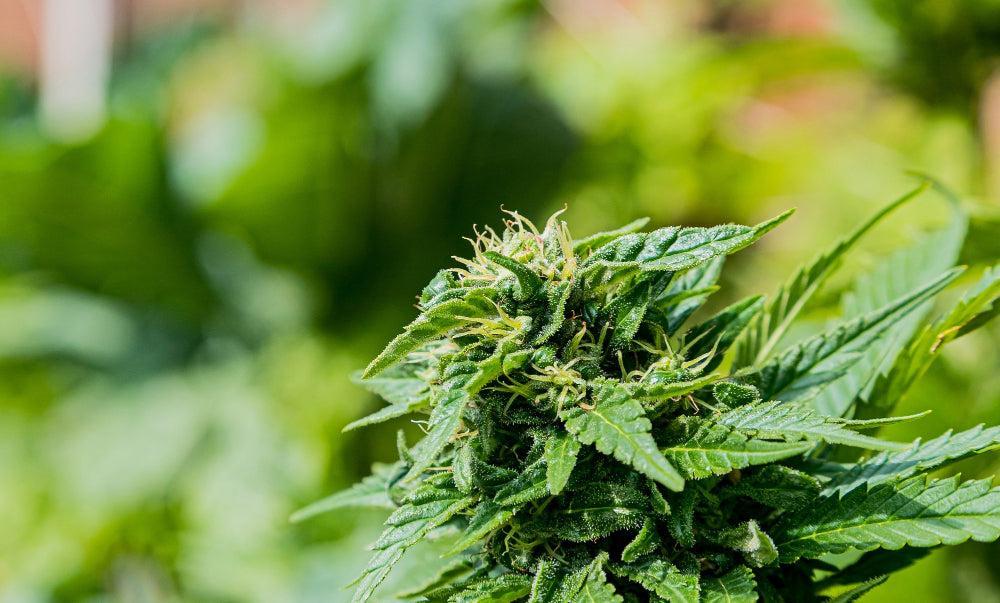
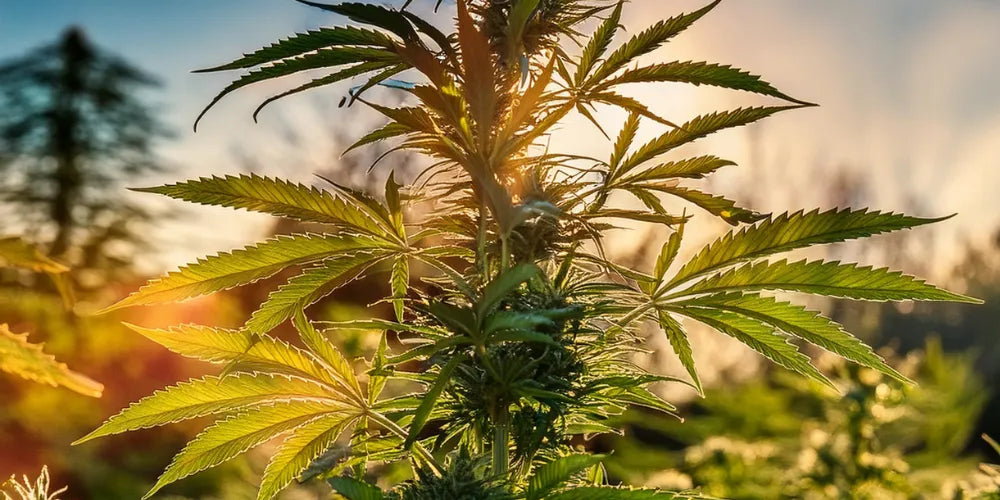

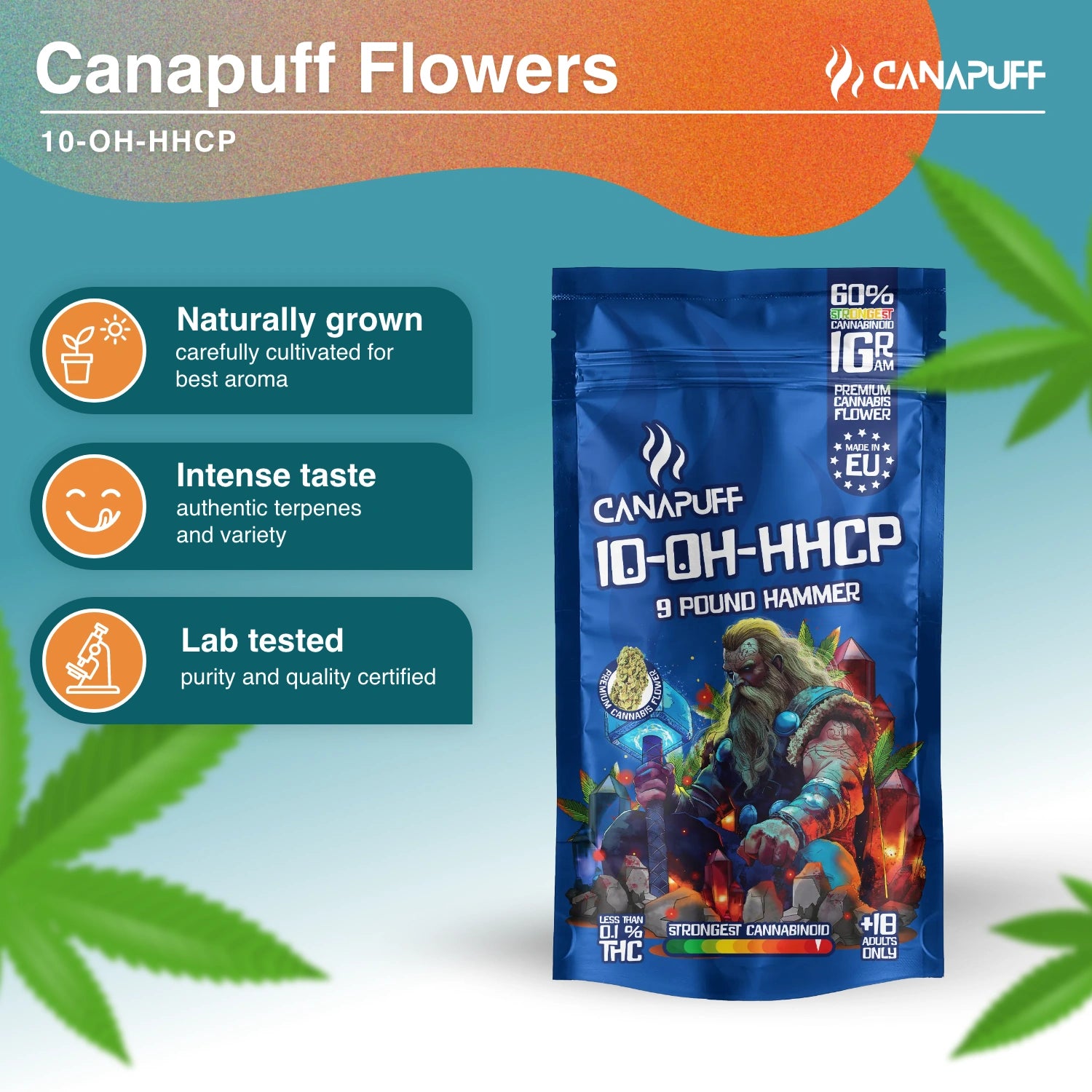

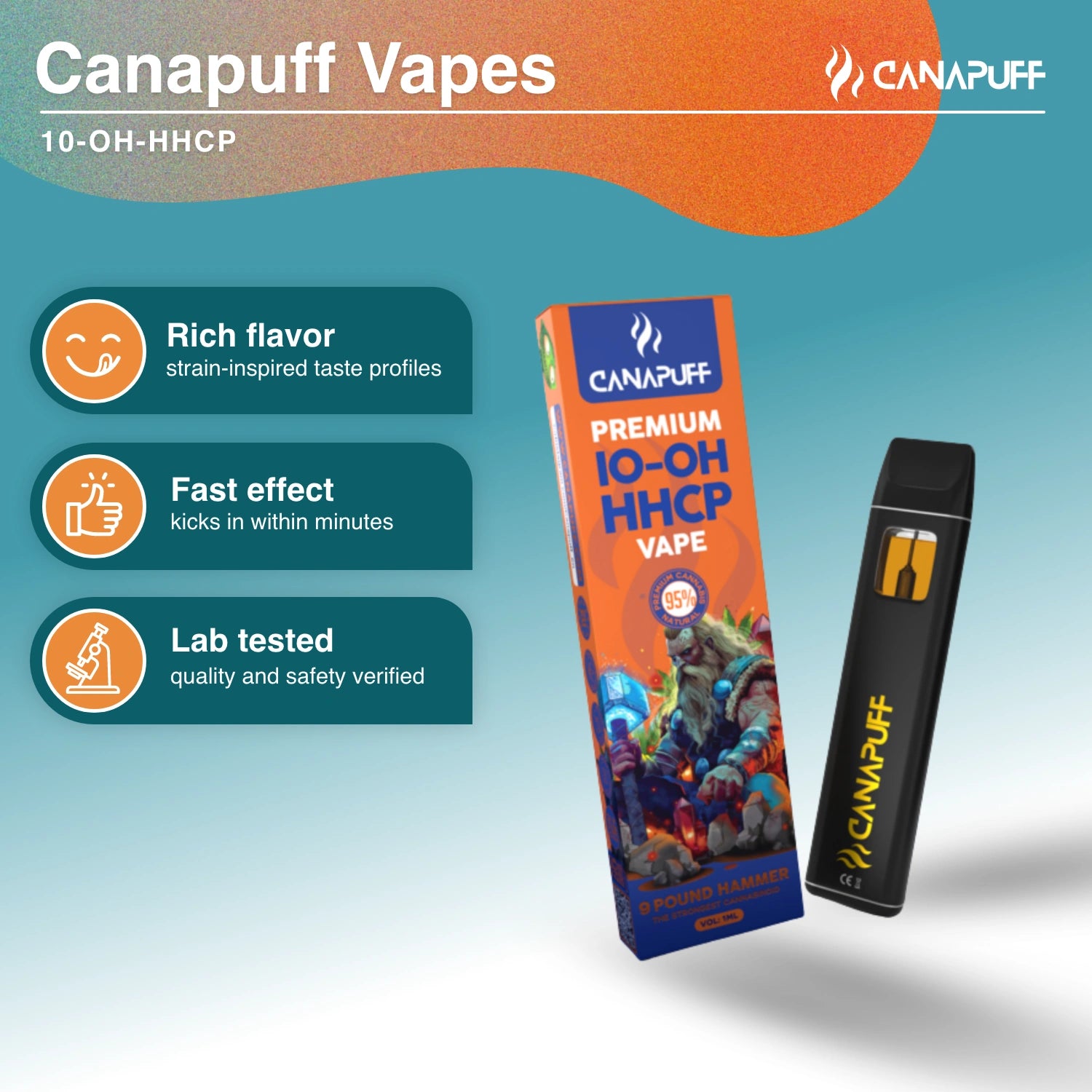







Leave a comment
This site is protected by hCaptcha and the hCaptcha Privacy Policy and Terms of Service apply.